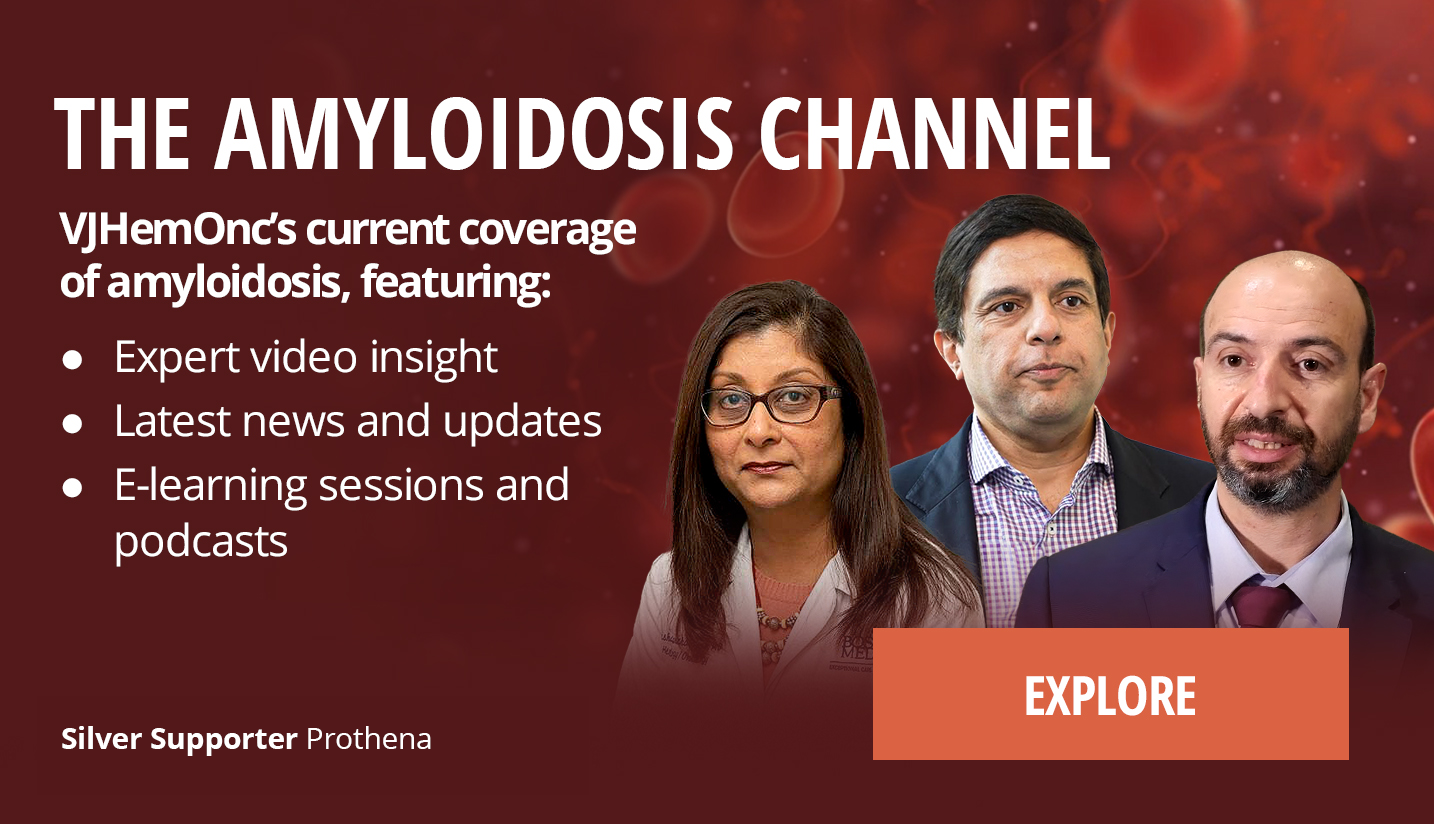Today I’ll be talking about Waldenström’s, how we treat patients who are symptomatic and are receiving first-line therapy. And then I’ll also be talking about relapsed/refractory patients. The exciting news is there’s been so much advances from the trials and from the new drugs that have been introduced into our field, a lot of which is rational based on the discovery of the MYD88 mutation and the CXCR4 mutation, we really have a genomic map to follow and how we’re integrating these drugs is very exciting and this is really what I want to share today...
Today I’ll be talking about Waldenström’s, how we treat patients who are symptomatic and are receiving first-line therapy. And then I’ll also be talking about relapsed/refractory patients. The exciting news is there’s been so much advances from the trials and from the new drugs that have been introduced into our field, a lot of which is rational based on the discovery of the MYD88 mutation and the CXCR4 mutation, we really have a genomic map to follow and how we’re integrating these drugs is very exciting and this is really what I want to share today.
The practical advice is that we have a lot of new drugs and so it is really important to stay current, to recognize when BTK inhibitors really are an appropriate choice for treating patients with Waldenström’s, but also to recognize that Waldenström’s is a very heterogeneous disease, patients present with many different manifestations. So it’s really important to almost custom tailor around both the genomics of the disease understanding the patient’s underlying genomic status MYD88, CXCR4, TP53 all are very very important mutations now that we use in order to be able to make decisions around treatment for patients. But also understanding that in some circumstances, you know, when patients present with a particular, you know, manifestation of Waldenström’s, there may be actual, you know, more customized treatment. Patients with bulky disease, for instance, or patients who present with symptomatic amyloidosis, we tend to prioritize bendamustine-based therapy or proteasome inhibitor-based therapy. Patients, on the other hand, that present with Bing-Neel syndrome, when the disease involves the central nervous system, today we actually use drugs like ibrutinib and zanubrutinib. And just to show sort of the evolution of how we’re treating these diseases, we’ve had to customize around manifestations of disease, but also the genomics.
This transcript is AI-generated. While we strive for accuracy, please verify this copy with the video.
















